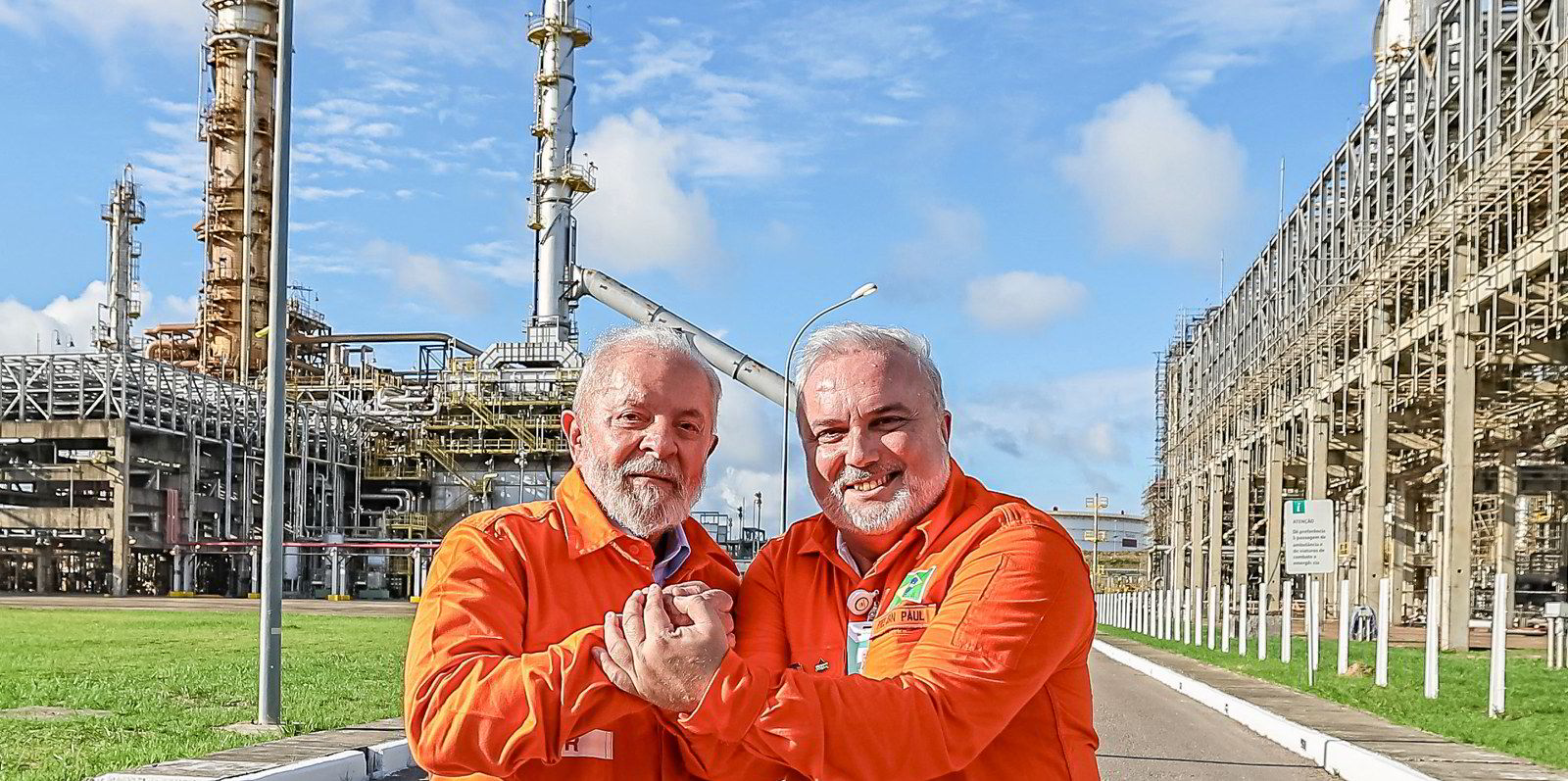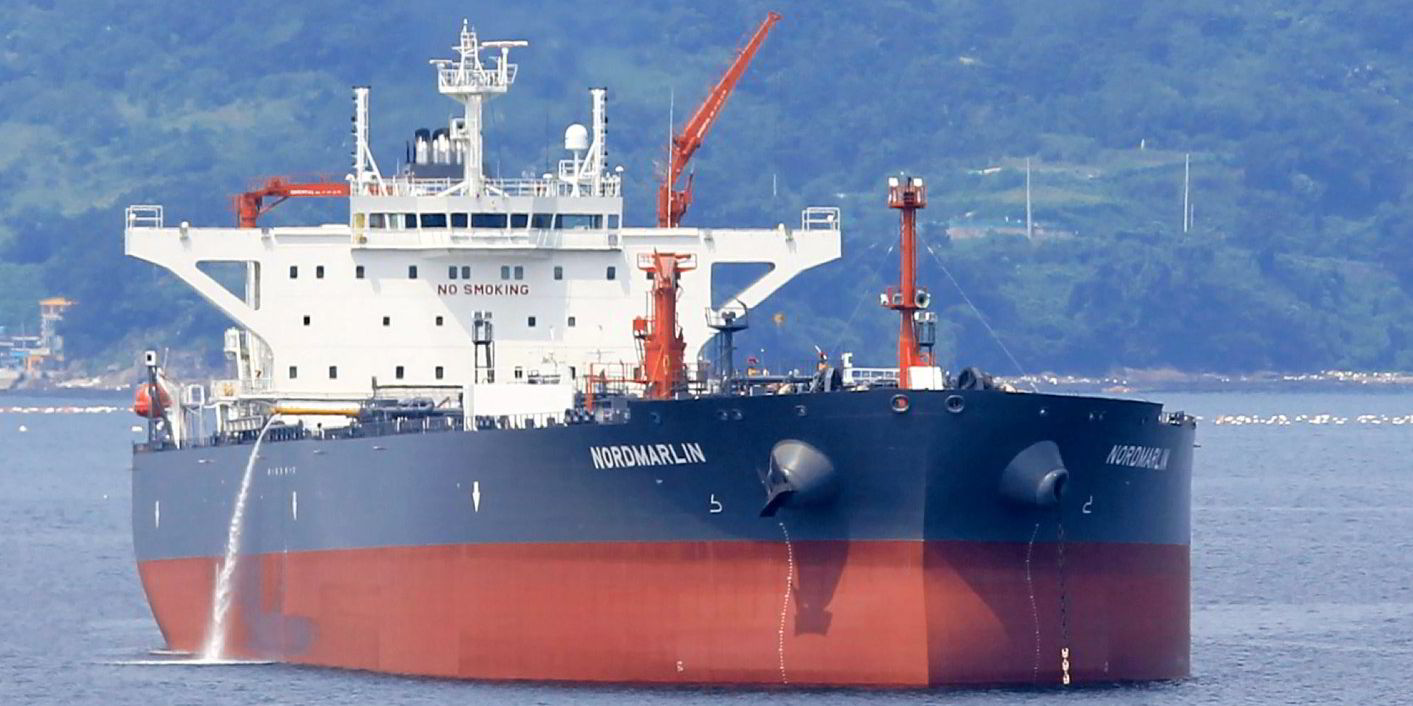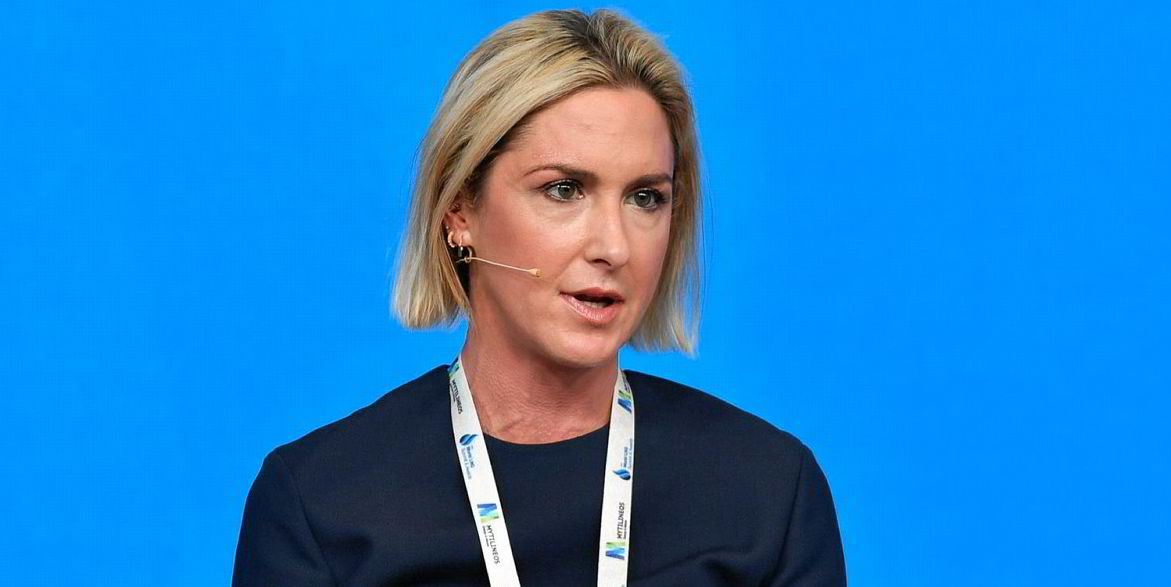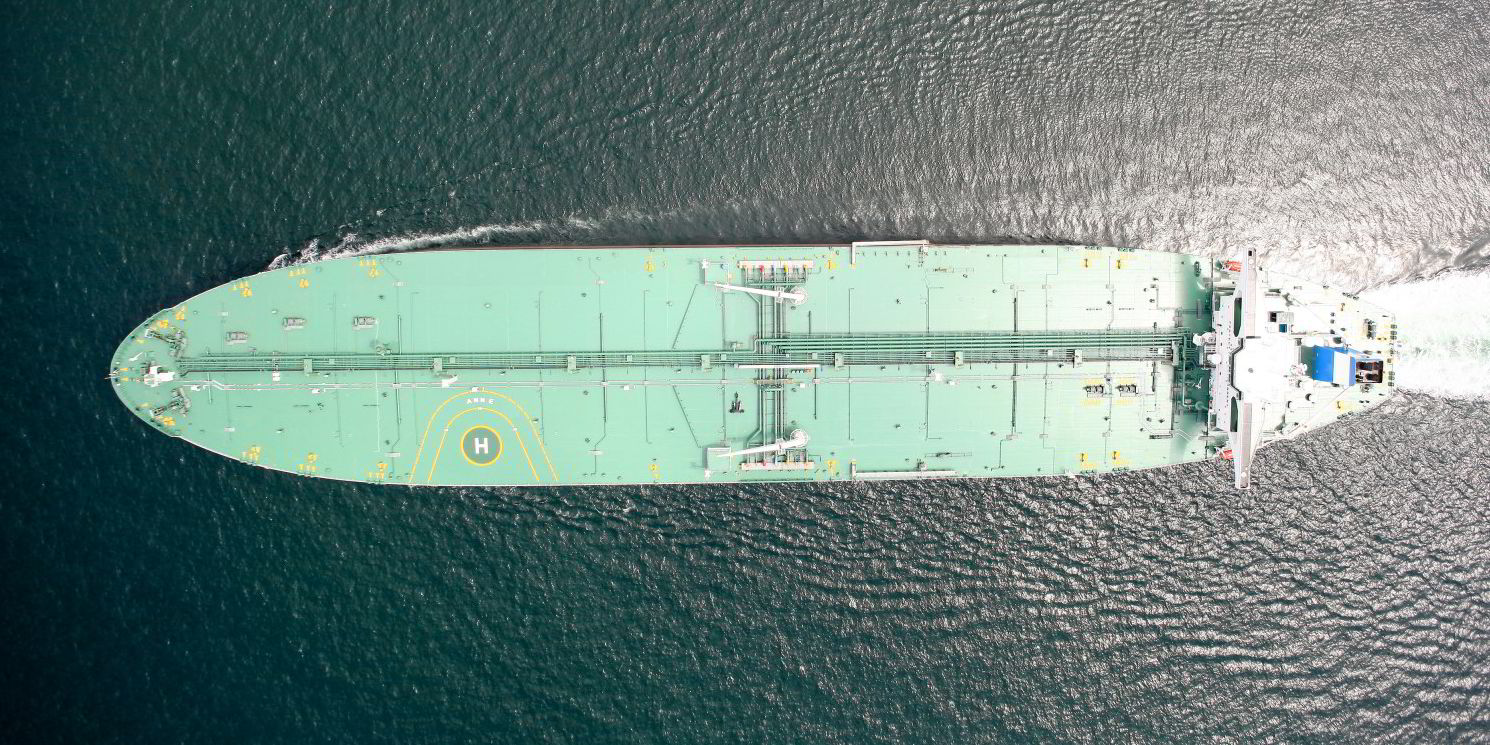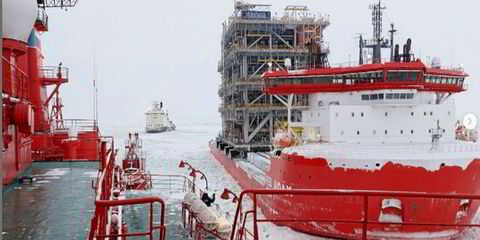Brazil will be increasingly important to crude tanker trades in the coming years, one broker believes.
US-based Poten & Partners described the future of Brazilian production and exports as bright.
“Based on recent trends, we expect VLCCs to be the main beneficiary, followed by suezmaxes,” it added.
Poten said Brazil is the largest oil producer in South America and number seven in the world, but has ambitions to rise through the ranks.
Last year, it produced an average of 4.21m barrels per day of crude, 12% up on 2022.
The International Energy Agency is forecasting a further 150,000-bpd rise this year and an extra 160,000 bpd in 2025.
President Luiz Inacio Lula da Silva has a target of 5.4m bpd by 2030, lifting Brazil to fourth in the world behind the US, Russia and Saudi Arabia.
Production has been growing faster than domestic demand and crude exports have been rising as a result.
China takes 40% of seaborne exports and the US 11%.
Following the Ukraine war, shipments to Europe have increased from 193,000 bpd in 2021 to 347,000 bpd.
VLCCs have been taking a larger share: up from 55% to 64% over the same period, with European trade important.
Suezmaxes’ share has been cut from 39% to 26%.
Soft week for big tankers
Brazilian exports to China also increased, in particular in 2023, when volumes reached 667,000 bpd from 463,000 bpd the year before. Nearly all of this is carried on VLCCs.
From January 2022, Brazil also began to import “modest quantities” of crude from Guyana.
Clarksons Securities said last week was a soft one for crude tanker earnings, with VLCC eco rates dropping 19.5% to $44,100 in seven days on sluggish Middle East fixing.
Suezmax eco earnings were 18.2% lower at $50,800 per day.
“The sentiment among owners is reported to have improved, with the ongoing situation in the Red Sea raising hopes of higher utilisation from vessel rerouting,” the investment bank said.
“It remains to be seen if the LR2 that caught fire after a Houthi attack on Friday will change cargo owners’ attitude towards sending oil through the Red Sea.
“While product tanker activity in the area has been reduced significantly, we have yet to see a serious impact to crude oil volumes transiting the Red Sea.”
